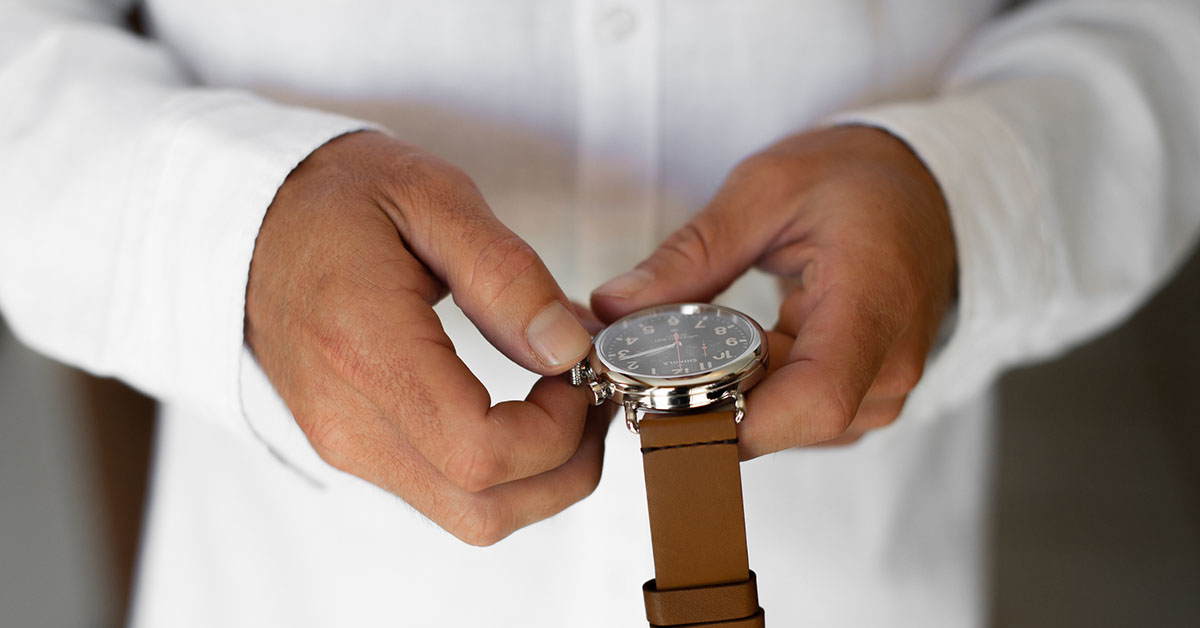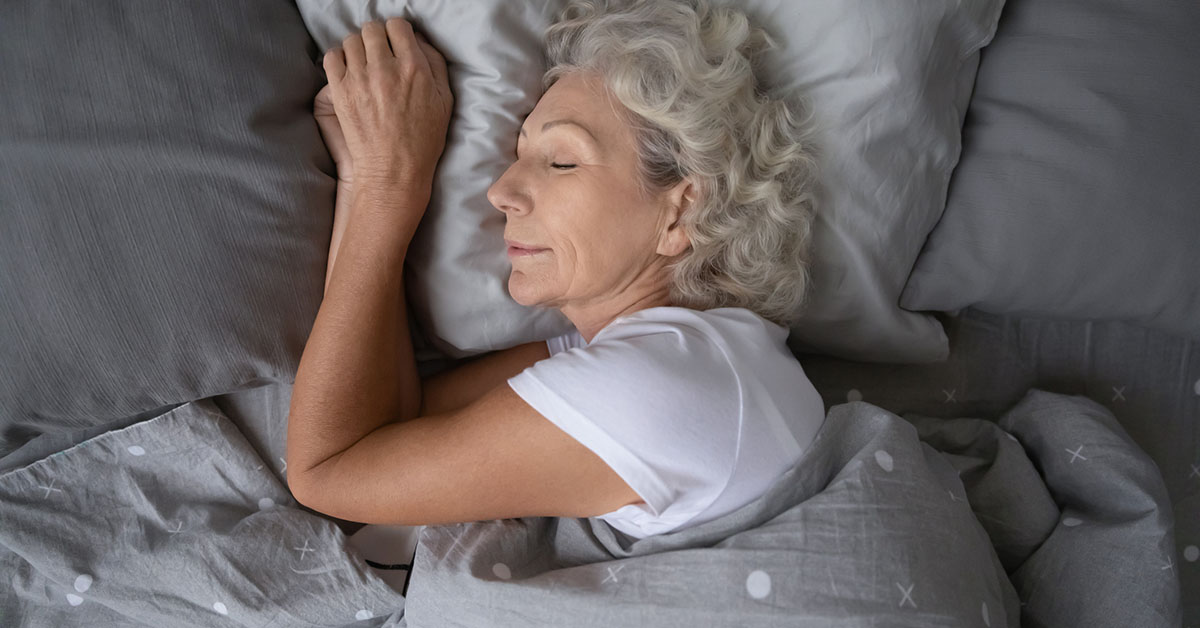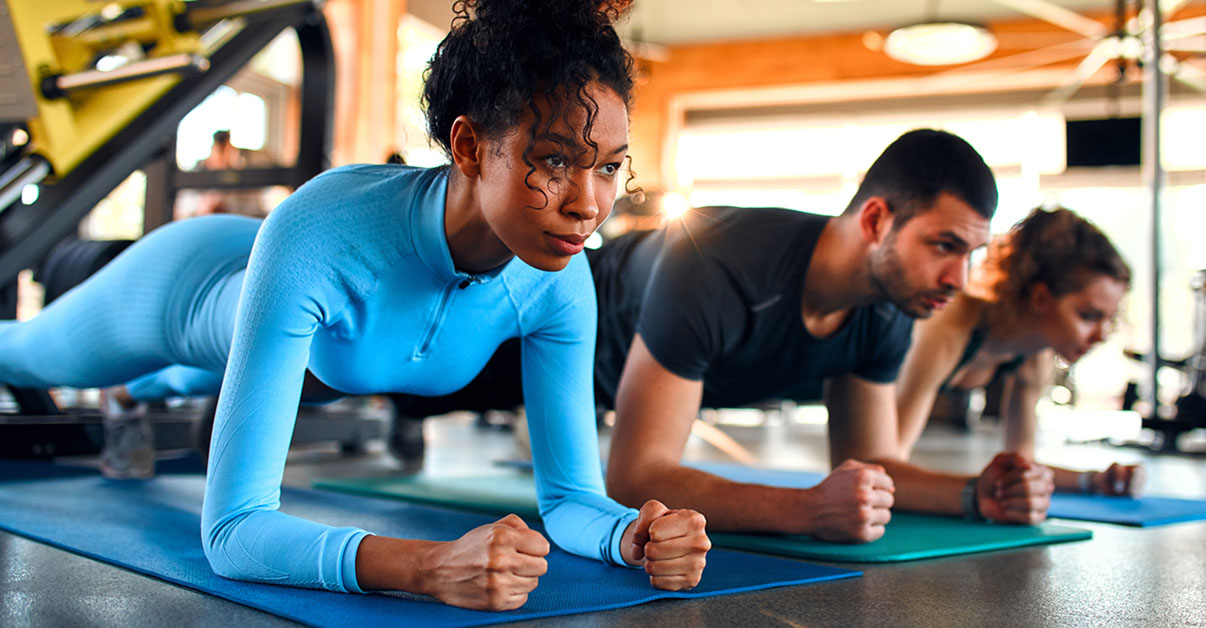Why mindfulness is crucial for ridding anxiety
Feeling anxious? You’re not alone. Nearly one in five adults suffer from anxiety disorders.
What causes anxiety? It’s complex, with risk factors such as brain chemistry, genetics, life events and personality.
Anxiety makes people more likely to visit the doctor than those without the disorders. However, only about a third of those who suffer from anxiety receive help for these highly treatable illnesses.
One helpful treatment involves practicing mindfulness, being MINDful, verses mindFULL (of way too much!)
“Mindfulness is a practice that cultivates connecting with the present moment without judgment, getting stuck in our thoughts, and living on autopilot,” says Dr. Mina Santorsola Lockey, a psychologist with Mercy Health. “It’s learning to pay attention to the here-and-now, tuning into our physical world or our inner experiences, to increase a greater sense of connection with ourselves and others, as well as experience more positive emotions.”
Benefits of mindfulness
She points out that anyone can practice mindfulness — anytime and anywhere. Mindfulness doesn’t have to mean meditating for 30 minutes a day. You don’t need materials to practice and it doesn’t cost anything
In a world of multitasking with more technology and devices, practicing mindfulness helps increase connection.
Studies show mindfulness can help relieve daily stress, treat heart disease, lower blood pressure, reduce chronic pain, improve sleep, alleviate gastrointestinal difficulties, improve depression, and manage anxiety.
Yoga instructor Mary Geibel says her students define mindfulness as focus, attention, clarity, awareness and intention.
“We have an amazing mind, so engage it, use it to sharpen your attention,” Geibel said. “Imagine living a mindful life, full of purpose, doing one thing at a time, really listening when someone is with you, only having to read the paragraph once, clear on what you value, driving without distractions, noticing the sunrise you usually miss, taking real care of your body and mind because you pay attention.”
Tips for practicing mindfulness
Geibel says the tools for achieving mindfulness include: breathing, meditation, yoga, undistracted exercise (moving without listening to a podcast or watching TV news), walking, playing piano, reading, cooking… really anything you love, but in a focused way.
Santorsola Lockey recommends practicing the Hearing-Seeing-Feeling-Breathing skill at least three times a day for 40 seconds.
- Sit comfortably and lower your gaze and rest your eyes on something (eyes open).
- First, focus on what you can hear for 10 seconds.
- Then, focus on what you can see for 10 seconds.
- Third, focus on what you can feel (in your body and on your skin) for 10 seconds.
- Last, pay attention to your breathing for 10 seconds.
Repeat if desired. You can also spend more than 10 seconds on each one. If your mind wanders or if you get distracted, notice that and then bring our attention back to fully focusing on just one sensation at a time.
Many apps can help you with practices such as these, such as the Insight Timer meditation app. Let us know in the comments — have you tried practicing mindfulness? What other tips do you have for ridding anxiety?







1 Comment
Post a CommentRebecca Flores
Thank you for providing this technique. Mindfullness is usually something i struggle with along from anixiety. This technique is quick and easy to do. I tried it this morning and love the concept. Its something easy to remember and can use it theoughoutvthe day when feeling anxious.